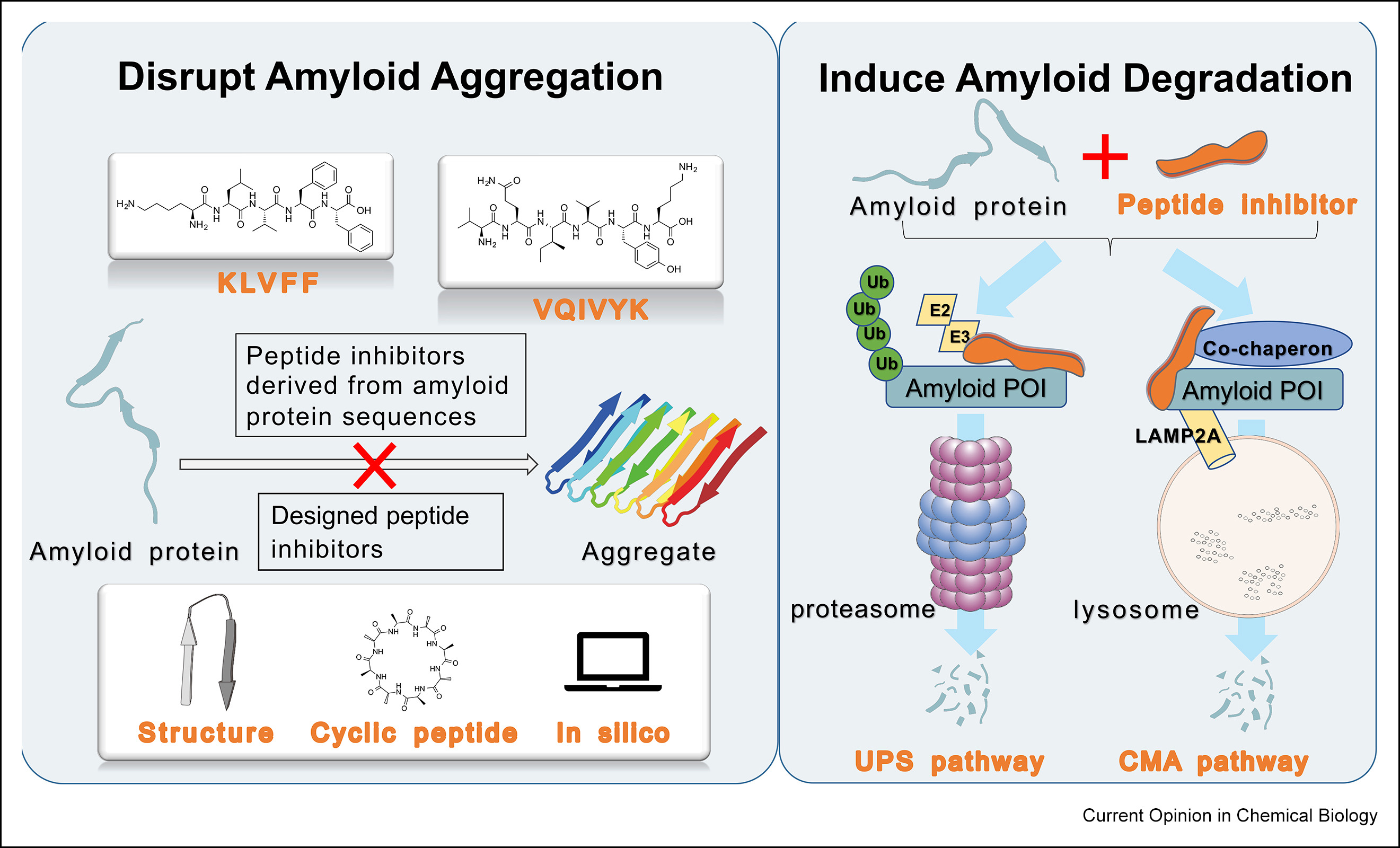Environmental degradation, defined as the deterioration of the natural environment through the depletion of resources, loss of biodiversity, and destruction of ecosystems, has far-reaching impacts on the Sustainable Development Goals (SDGs) set by the United Nations. These SDGs are a collection of 17 global goals designed to be a "blueprint to achieve a better and more sustainable future for all" by 2030. Environmental degradation's influence is particularly evident in several of these goals, highlighting the interconnectedness of environmental health and human development.
SDG 15, titled "Life on Land," is directly impacted by environmental degradation. This goal emphasizes the protection, restoration, and promotion of sustainable use of terrestrial ecosystems, sustainably managing forests, combating desertification, halting and reversing land degradation, and halting biodiversity loss. Environmental degradation, through activities like deforestation, not only leads to the loss of habitats but also contributes to land degradation and desertification, undermining efforts to maintain biodiversity and healthy ecosystems.
Similarly, SDG 14, "Life Below Water," is also significantly affected. This goal focuses on conserving and sustainably using the oceans, seas, and marine resources. Pollution, overfishing, and destructive fishing practices, along with the acidification of oceans due to increased carbon dioxide levels, are all facets of environmental degradation that threaten marine biodiversity and the health of aquatic ecosystems.
SDG 13, "Climate Action," is inherently linked to environmental degradation. Many forms of degradation, such as deforestation, urban sprawl, and pollution, contribute to climate change by increasing greenhouse gas emissions or reducing the Earth's capacity to absorb these gases. Climate change, in turn, exacerbates environmental degradation, creating a vicious cycle that threatens the stability of our climate system.
Environmental degradation also impacts SDG 2, "Zero Hunger," and SDG 6, "Clean Water and Sanitation." Soil degradation, water pollution, and the loss of arable land directly affect agricultural productivity and food security. The degradation of water bodies and groundwater contamination jeopardizes the availability of clean water, essential for both human consumption and agriculture. These challenges are critical in regions already vulnerable to food and water scarcity.
The relationship with SDG 3, "Good Health and Well-being," is evident, as environmental degradation can lead to poor air and water quality, affecting human health. Pollution, for instance, is a major cause of diseases and health conditions worldwide. Additionally, the loss of biodiversity can impact the discovery of new medicines and the availability of medicinal resources.
Beyond these direct impacts, environmental degradation also affects other SDGs indirectly. For example, SDG 1, "No Poverty," and SDG 8, "Decent Work and Economic Growth," are influenced as environmental degradation can impair livelihoods, particularly in communities that depend on natural resources. Similarly, SDG 11, "Sustainable Cities and Communities," is impacted as urban sprawl and loss of green spaces contribute to environmental degradation, affecting the livability of cities.
To address these challenges, a multifaceted approach is necessary. This includes implementing sustainable practices in agriculture and industry, protecting natural habitats, reducing pollution, and transitioning to renewable energy sources. Global cooperation and local action are both crucial in mitigating environmental degradation and achieving the SDGs. By protecting the environment, we not only preserve natural resources and biodiversity but also ensure a healthier, more sustainable future for all.
The study demonstrates that natural levee evolution in the central Kanto Plain is controlled by river migration and sea-level fluctuations, which are influenced by climate change, providing insights that can inform climate action.
Amyloid proteins can aggregate into insoluble fibrils and form amyloid deposits in the human brain, which is the hallmark of many neurodegenerative diseases. Promising strategies toward pathological amyloid proteins and deposition include investigating inhibitors that can disrupt amyloid aggregation or induce misfolding protein degradation. In this review, recent progress of peptide-based inhibitors, including amyloid sequence–derived inhibitors, designed peptides, and peptide mimics, is highlighted.
The Amazon is the most concentrated expression of life on Earth and it is clearly threatened.
Droughts are significant drivers of land degradation, which in turn has adverse effects on resource-dependent rural populations and can potentially lead to livelihood losses and subsequent migration out of affected areas. Linkages between land degradation and migration are complex and not particularly well documented, as they occur within a larger context of multi-scale interactions of socio-economic, political, demographic, and environmental processes. Given these uncertainties, further research in this field is needed.
Land Degradation (LD) in socio-environmental systems negatively impacts sustainable development paths. This study proposes a framework to LD evaluation based on indicators of diversification in the spatial distribution of sensitive land. We hypothesize that conditions for spatial heterogeneity in a composite index of land sensitivity are more frequently associated to areas prone to LD than spatial homogeneity. Spatial heterogeneity is supposed to be associated with degraded areas that act as hotspots for future degradation processes.

